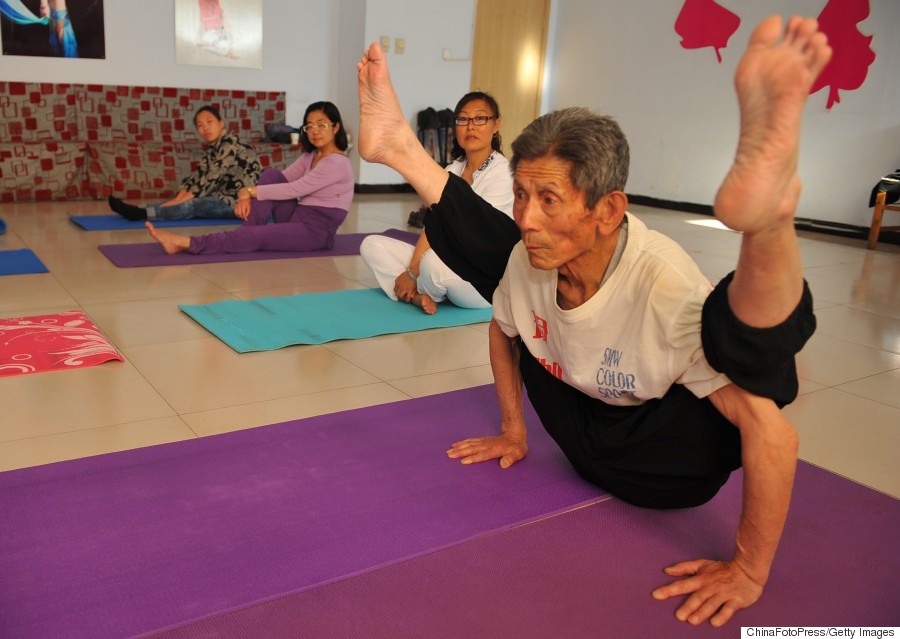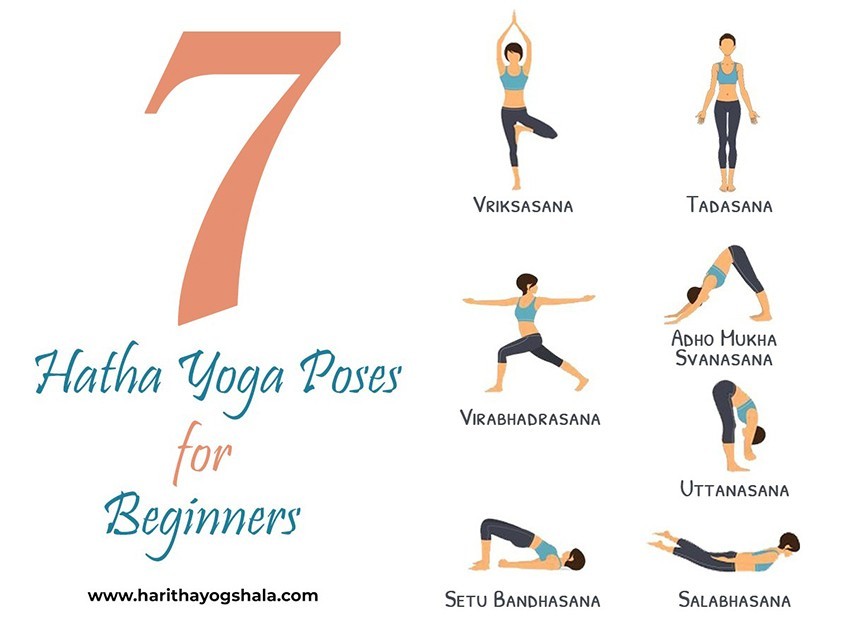
Menstruation yoga focuses on postures that can help relieve pelvic pain. Standing straight, the feet should be placed at hip width. The hands should be interlaced behind your back. Your torso should be straight, your pelvic basin should face forward, and your neck should be gently rolled backward. If you have a problem with your neck, you can perform the pose with your palms pressed together. You can also interlock your fingers without touching them.
Balasana is a great way to ease pain and discomfort. For women suffering from backache, this pose can be especially helpful. It is also good for relaxation. Avoid this product if you're pregnant, have diarrhea or have problems with your knees. Turn your top thighs inwards. Once you have performed the asana correctly, take a deep breath and relax. For at least 30 seconds, you should remain in the same position.

The apana or inversion is a popular yoga pose during menstruation. This movement encourages blood to flow from your vagina towards your Fallopian tubes. Inversions can prevent retrograde blood flow, which is a major cause for endometriosis. This posture may be more common in women who practice it regularly than those who do not.
Ardha Chandrasana is another yoga pose that eases menstrual pain. This pose reduces cramping by stretching the abdomen. You can perform it with your legs straightened or while standing. While this may be uncomfortable for you, it's safe during your period. This yoga move is great for stress relief, anxiety and mild depression. This exercise has many benefits.
Inversions in menstruation Yoga can be especially harmful for women's health. Practicing them during this time can increase the risk of developing endometriosis, which is a condition where endometrial tissue grows on the body. Inversions may also result in vascular congestion during heavier flow days. These side effects can be avoided by women who invert during periods. This is good for the overall health of a woman and her groin.

Yoga poses are a great way to relieve cramps in the menstrual cycle for women. Women with back pain can also benefit from this pose. While this pose may not be suitable for pregnant ladies, it can prove to be beneficial for those who are. The most common position for menstruation, the reclining turn, is one of its most well-known. It is comfortable and convenient for nursing women as well as pregnant women. It can improve the quality of life for women who are going through menstruation.
Dandasana, the best menstruation pose, is a yoga pose. It requires a woman to sit on her heels with her left foot against the thigh. She then bends her body to strengthen her pelvic region by twisting her trunk. After that, she lets her head touch the left knee. She can also hold her feet by bending her elbows, holding them high with her hands.
FAQ
How can I improve my mental wellbeing?
Everybody needs to be healthy, especially if they are under stress at work, school or home. It is important to get regular exercise, eat healthy foods, sleep well, spend quality time with your loved ones, and to take care of your mental health. Exercise releases endorphins which makes us feel happier. Our bodies also function better when we eat healthy foods. Being well-rested gives us energy to get through the day. And finally, spending quality time with loved ones improves our relationships and reduces stress.
How can one tell if someone has a mental disorder?
When symptoms interfere with daily life, a person can be diagnosed with a psychological illness. The symptoms of mental illnesses can vary from one person to another. However, the most common symptoms include: feeling sad, anxious, angry, guilty, hopeless, lonely, depressed, confused, worthless, guilty, suicidal, etc.
If a person meets at least three of the four criteria below, they may be diagnosed with a mental disorder.
-
Troubled thoughts or feelings
-
Disturbed behavior
-
Disturbance in functioning
-
Impairment in the ability to relate to others
What does a psychologist say about mental health?
Psychologists believe mental health is an important part of human growth. Psychologists also believe mental health is about more than having no mental illnesses. It's also about being mentally fit.
Mental health can be viewed from different perspectives by psychologists. Some psychologists feel that mental health doesn't matter because there are so few people with mental illnesses. Others feel that mental well-being is vital because it allows us to function properly.
What is positive psychology and why is it important?
Positive psychology focuses on what makes us feel better about ourselves, such as happiness, optimism, gratitude, hope, love, kindness, compassion, forgiveness, courage, humility, curiosity, empathy, spirituality, and meaning. Positive psychology helps individuals feel happier, healthier, wiser and more fulfilled through self-improvement.
There are two kinds of positive psychology: trait and process. Trait psychology studies how people naturally behave. The process of positive psychology studies how to use specific strategies to achieve certain goals.
Statistics
- In any given year, an estimated 18.1% (43.6 million) of U.S. adults ages 18 years or older suffered from any mental illness, and 4.2% (9.8 million) (healthypeople.gov)
- Neuropsychiatric diseases are the leading cause of death and disability in the U.S., accounting for 18.7 percent of all years of potential lifespan loss and premature mortality.
- According to the National Alliance of Mental Illness (NAMI), one in five Americans experiences mental health issues which translates to more than 40 million adults a year. (doctorondemand.com)
- Similarly, while there is some agreement about the boundaries of typical mental disorders 2, there is likely less agreement about those for positive mental health. (ncbi.nlm.nih.gov)
- It means no drinking any alcoholic beverages and no taking any drugs that aren't 100% natural.
External Links
How To
What is the best way to improve your mental health?
Mental health refers primarily to your mental state and emotional well-being. It influences how you think, feel, act, relate, relate, sleep and eat.
Everyone needs to be aware of the importance of mental health. Mental health is often associated with depression. Depression is a serious illness that strikes millions of Americans each and every year.
The term clinical depression is used to describe depression. It requires treatment by a physician. There are many kinds of depression.
According to the National Institute of Mental Health, depression is "a common mood disorder that causes depression most of the time, a loss of interest in nearly all activities, feelings of guilt, low self-worth, disturbed sleep, appetite, poor concentration, thoughts of suicide or death."
Different people may experience depression in different ways. People may feel sad, helpless, irritable and anxious. They might also feel worthless, guilt, worthless or tired. Others might feel numb or empty, restless and agitated, angry, fearful and/or scared. Other people may feel nothing.
Depression is treatable. There are many treatments for depression, including medication, psychotherapy as well as diet and lifestyle modifications that can help. If depression isn't treated, it can cause serious problems at home and school as well as in your relationships.
Depression is more common in women than it is in men, but both men and women are affected. Depression is the leading cause for disability worldwide in men and women aged 15-44 years.